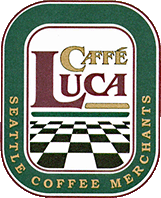
The art of kaiseki cuisine has its roots in Buddhism and dates back hundreds of years to the origins of the tea ceremony. The basic guidelines for this haute cuisine is that it celebrates nature by featuring fresh seasonal ingredients designed to imitate leaves, trees, flowers, mountains, rivers and sea. The shapes, textures, and colours of the food are all displayed to reflect these elements found in nature. There is a sense of culinary theatre as each course is respectfully served with quiet grace and charm.
A distinct selection of courses is followed which includes an appetizer, a clear soup, a fish dish, a mountain and sea dish, a grilled course, a simmered food, a deep fried course, a vinegar style dish accompanied by rice and pickles, a final course, and then a selection of seasonal fruit. These courses are all served on hand painted porcelain, lacquer bowls and boxes, handmade wicker baskets, rare pieces of pottery, and other exquisite serving dishes that subtly suit the food to the appropriate season.
Since I was visiting Japan in the autumn, our menu focused on ingredients such as chestnut, matsutake (pine) mushroom, sweet potato, persimmon, pumpkin, and seasonal fish. Each course was a visual and edible work of art that followed a tranquil traditional order meant to be appreciated and savoured.










 Stumble It!
Stumble It!